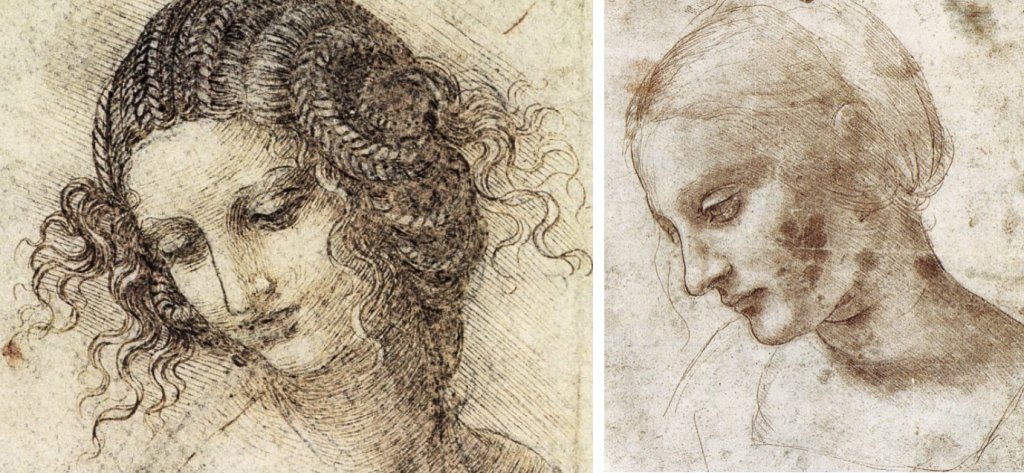Polish instrument maker and concert pianist Sławomir Zubrzycki debuted his fully-functional viola organista, created based off of Leonardo’s drawings, at the 5th International Royal Krakow Piano Festival. This festival is the first cultural event dedicated to piano music to take place in Krakow, and the goal of the event is to attract elite pianists and encourage them to perform at this festival. Krakow is known to be the cultural capital of Poland, and houses the Academy of Music in Krakow, one of the oldest music higher education academies in Europe.
Zubrzycki, Sławomir. “Biography.” Viola Organista, 2015, www.violaorganista.com/en/slawomir_zubrzycki/biography/.

 Da Vinci and the Renaissance is a fully cross-disciplinary study-abroad program that explores the transition from the medieval period to the Renaissance across multiple subjects (art, architecture, engineering, science and more), laying out how much of what we take for granted today about technology or about the human subject were implemented in this rich period, especially in Italy.
Da Vinci and the Renaissance is a fully cross-disciplinary study-abroad program that explores the transition from the medieval period to the Renaissance across multiple subjects (art, architecture, engineering, science and more), laying out how much of what we take for granted today about technology or about the human subject were implemented in this rich period, especially in Italy.